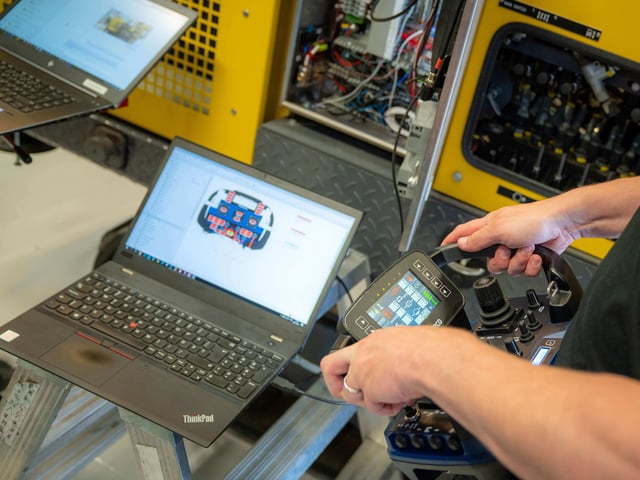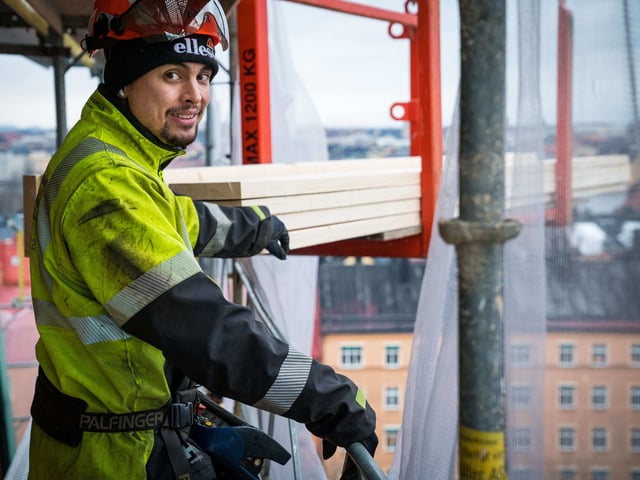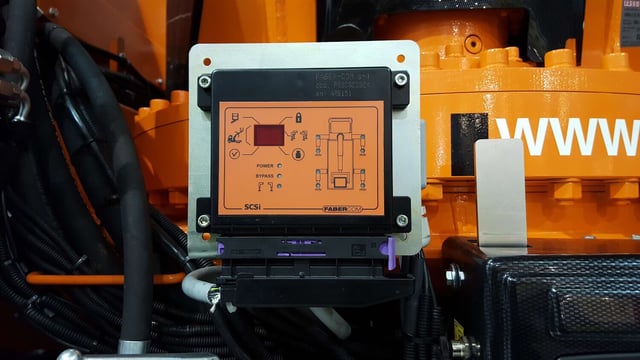Automation isn’t about replacing operators— it's about smarter machines and smarter and safer operators.
As a machine builder, automation is key to improving efficiency, safety, and reliability. But successful automation isn’t just about replacing manual tasks—it’s about designing systems where humans and machines complement each other in real time.
Researchers like Sidney Dekker and David Woods have shown that simply dividing responsibilities—machines do X, humans do Y—isn’t enough. Automation reshapes how work gets done. It changes the role of the operator, often in subtle but significant ways. That’s why modern machine design must focus on how information is communicated, how decisions are supported, and how humans remain engaged—even in highly automated environments. 
Johan Aldebrand, Developer and Partner at Ornunga Machines (prioritizes drilling efficiency and automation in handling cassettes and drill elements) .
Why “Men Are Better At / Machines Are Better At” fails
For years, automation has been guided by the MABA-MABA approach (“Men Are Better At, Machines Are Better At”):
- Humans are good at flexibility, decision-making, and problem-solving.
- Machines are good at speed, precision, and repetition.
This sounds logical, but the problem is that automation doesn’t only take over tasks—it transforms the entire workflow. If a machine is automated without considering how the operator interacts with it, the result can be frustration, inefficiency, and even safety risks.
The real challenge: designing automation that works for operators
Instead of automating tasks in isolation, ask: How does automation change the role of the operator, and how can I support that change? The answer lies in three key areas:
- New Supervisory Roles – As automation increases, operators shift from hands-on control to supervision. Machines must provide clear feedback so operators can intervene, when necessary, without feeling confused or overwhelmed.
- Situation Awareness – Automated systems must help operators understand the bigger picture. A well-designed interface should provide meaningful alerts and insights, not just raw data.
- Effective Interaction – Poor automation can frustrate users instead of helping them. The best systems are intuitive and provide the right information at the right time, reducing cognitive overload instead of adding to it.
A well-designed interface should provide meaningful alerts and insights, not just raw data.
Moving forward: building machines that work for people
To build automation that truly works, focus on these principles:
- Ask the right questions – Instead of “What tasks can I automate?”, ask “How does automation change the role of the operator?”
- Involve end users in design – Machine operators have insights into what works and what doesn’t. Their feedback is essential in creating intuitive automation.
- Design for adaptability – The most effective automation systems don’t take control away from the user. Instead, they provide the right information at the right time to support better decisions and smoother operation.
The future: smarter machines, empowered operators?
Automation isn’t only about replacing manual tasks—it can also be a way to give operators better tools to do their jobs. As a machine builder, you have an opportunity to design systems that support human capabilities and improve the overall operator experience.
When automation takes the operator’s perspective into account, it can lead to safer, more efficient, and more productive systems. By shifting from task-focused automation to thoughtful human-machine collaboration, you might not only build better machines—but also contribute to better workplaces.







